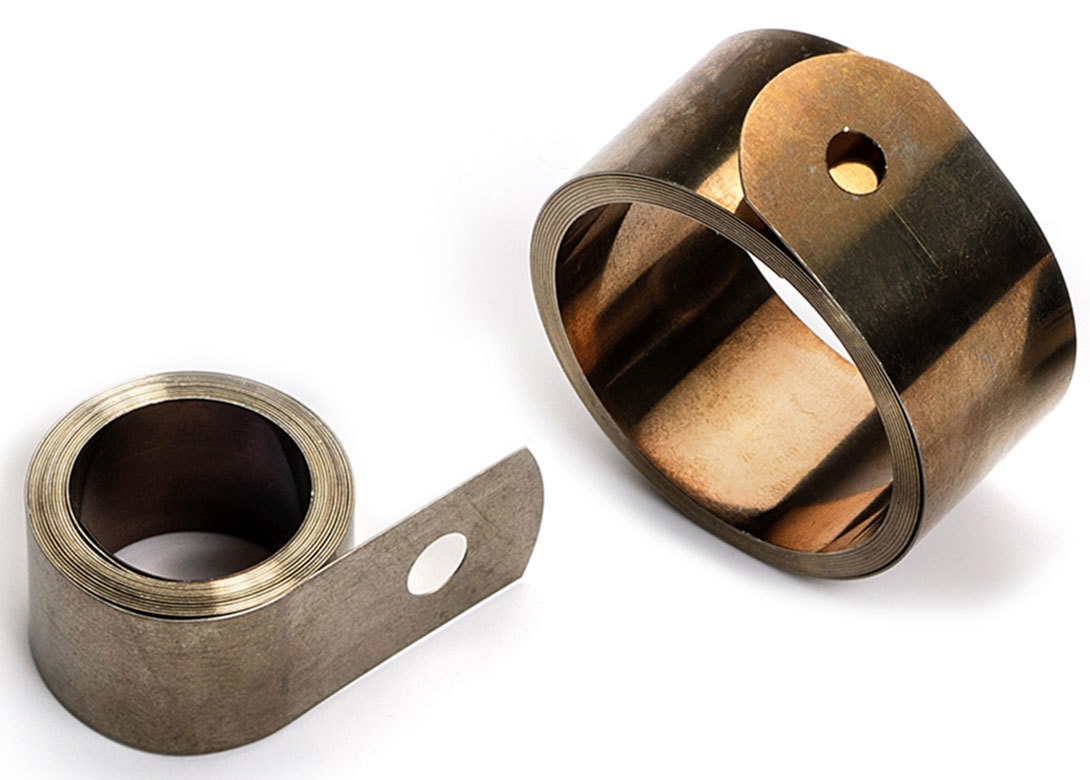

Ex-stock constant force springs from Lee Spring Ltd offer a flat force curve which ensures their value for a range of applications including electric motors, appliances, space vehicles and other long motion functions.
Motor springs are used for cable retraction and power generation; whilst power springs are used for retracting applications such as seat belt webbing, tape measures and dog leads. Where higher loads are encountered then multiple mounting can be used to increase force. Constant force springs are mounted back-to-back make the sum of their forces available at one point, which also provides stable extension over long deflections. Tandem mounting makes the sum of two spring forces available at a single point, while pulley mounting doubles the force of a single constant force spring. Laminar mounting, the inter-winding of two or more springs as an assembly, offers the sum of their forces in a minimum of space.
Lee Spring offers constant force springs in four ‘Life Cycle’ ranges, where each spring is a roll of high yield type 301 stainless steel strip, exerting a nearly constant restraining force to resist uncoiling. When the strip is extended the inherent stress resists the loading force at a nearly constant rate. Typically stainless steel type 301 is selected but high carbon steel, inconel and other materials are also suitable for constant force springs. Considerable flexibility is possible with constant force springs because using different mounting configurations can vary the load capacity. Constant force springs are available in a wide variety of sizes and end configurations to suit the design situation.
The fatigue life of these springs ranges from 2,500 cycles to over a million cycles, depending on the load and size of the spring. Working deflections of 50 times the drum diameter can be achieved and these springs are often considered much easier to handle than a conventional wire spring.





